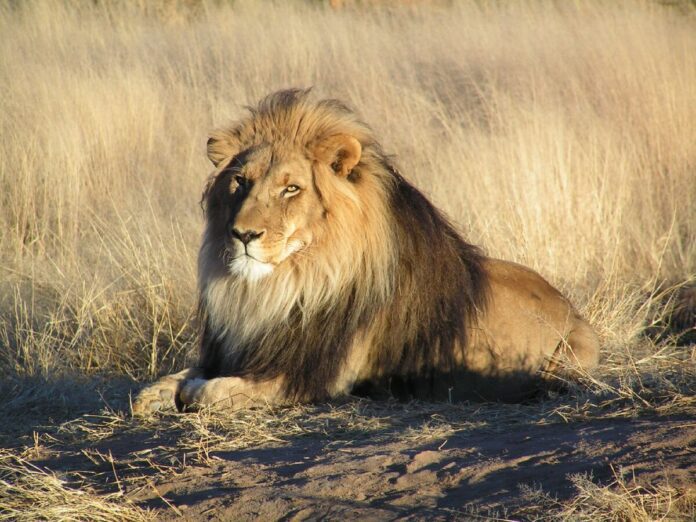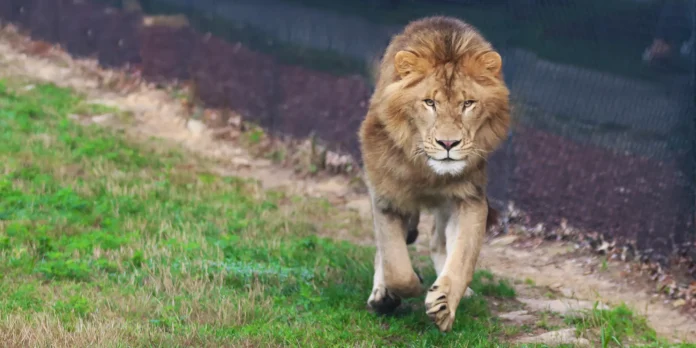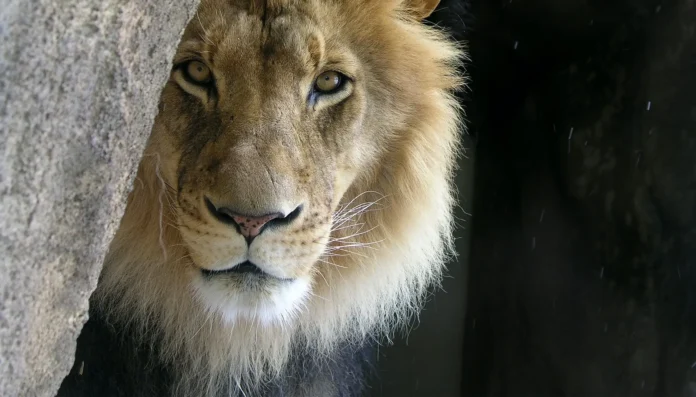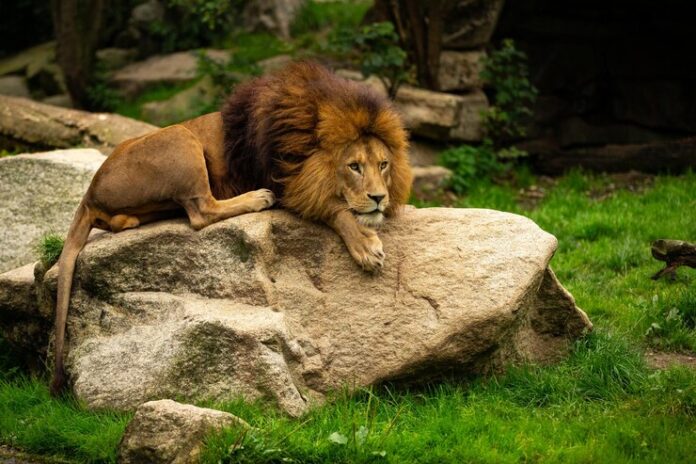Overview of Secure Pet Lion Housing
Creating a secure environment for a pet lion is crucial not only for the safety of the lion but also for the community. Housing a lion requires meticulous planning and adherence to multiple safety protocols to ensure that these majestic creatures are kept in an environment that is both safe and stimulating. Proper housing helps in preventing any potential accidents and in promoting the well-being of the lion. Essential considerations include strong physical structures, appropriate space, and legal compliance. These elements combined ensure that your lion can thrive while minimizing risks to both the lion and those around it.
Key Takeaways
- Implementing strong security measures for pet lion housing is essential.
- A high-quality enclosure is crucial to prevent escapes and ensure safety.
- Regular inspections and maintenance are vital to maintain the integrity of the lion’s habitat.
- Adequate staff training ensures the safety of both lions and handlers.
- Emergency preparedness plans are necessary for handling unexpected situations.
- Compliance with local wildlife laws is mandatory for legal and ethical lion housing.
Understanding the Importance of Proper Security Measures for Pet Lion Housing

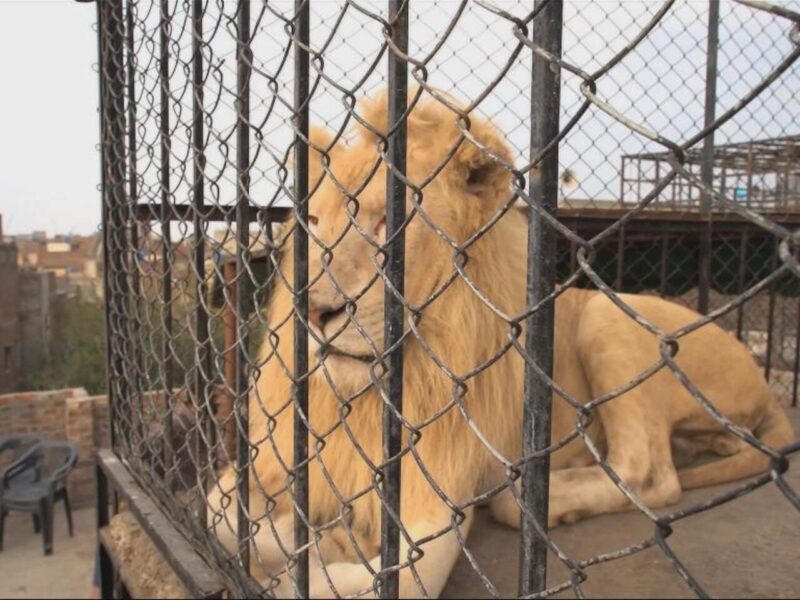
When considering housing for a pet lion, security measures go beyond basic convenience; they are pivotal for the safety of both the lion and all humans involved. Pet lions, despite their domesticated environment, retain their wild instincts and require a habitat that respects both their physical and psychological needs. Managing such powerful and potentially dangerous animals in a home or sanctuary setting brings unique challenges. These challenges include preventing escapes, ensuring the safety of handlers and visitors, and maintaining the health and well-being of the lions themselves.
It’s crucial to recognize that these magnificent creatures require more than just space. They require a carefully designed environment that simulates their natural habitat as closely as possible while incorporating robust safety features. Proper security measures not only adhere to ethical considerations and legal requirements but also prevent potential legal liabilities and safeguard the community at large. With the right structures and protocols in place, it is possible to provide a secure and enriching environment for pet lions.
“Creating a secure and stimulating environment for your pet lion is not just about following the rules—it’s about ensuring the well-being of these majestic creatures and the safety of your community.”
Top 5 Security Measures for Pet Lion Housing
When housing a pet lion, every detail counts. From the strength of the enclosure to the training of the staff, specific measures ensure the safety and well-being of both the animal and its caretakers. Here are the top five security measures that should be implemented for pet lion housing.
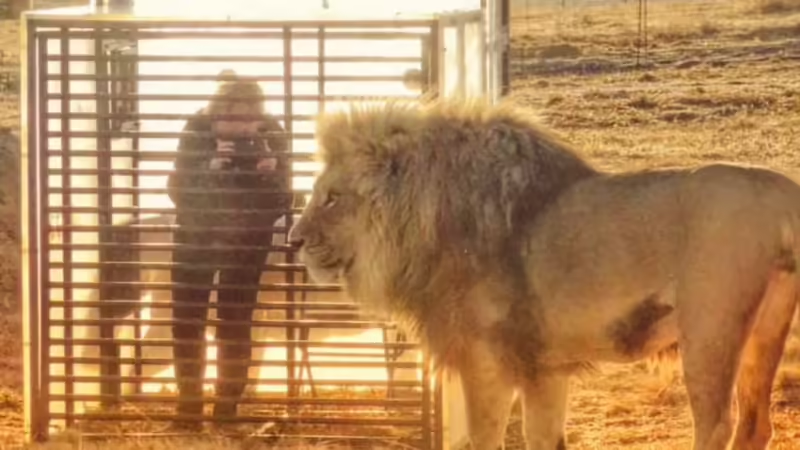
High-Quality Enclosure Design
The design of the lion’s enclosure is arguably the most critical factor in ensuring its security. A high-quality enclosure serves as the primary barrier that prevents the lion from escaping and coming into unintentional contact with humans or other animals. Key characteristics of a secure lion enclosure include:
- Materials: Use strong, durable materials like reinforced steel or heavy gauge wire. The materials should be resistant to rust, corrosion, and the powerful force a lion can exert.
- Size and Space: The enclosure must be spacious enough to allow the lion to move freely, run, and rest comfortably. Include areas with shade, a variety of textures, and features that encourage natural behaviors such as climbing or rock perching.
- Boundaries and Layers: Double fencing or redundant systems can provide an extra layer of security. An internal fence keeps the lion safe within its space, while an external fence keeps intruders out.
- Security Features: Surveillance cameras, automatic locking mechanisms, and alarms can further secure the enclosure from unauthorized access.
These elements collectively create a stronghold that respects the lion’s needs while minimizing risks of escape or injury.
Regular Inspections and Maintenance
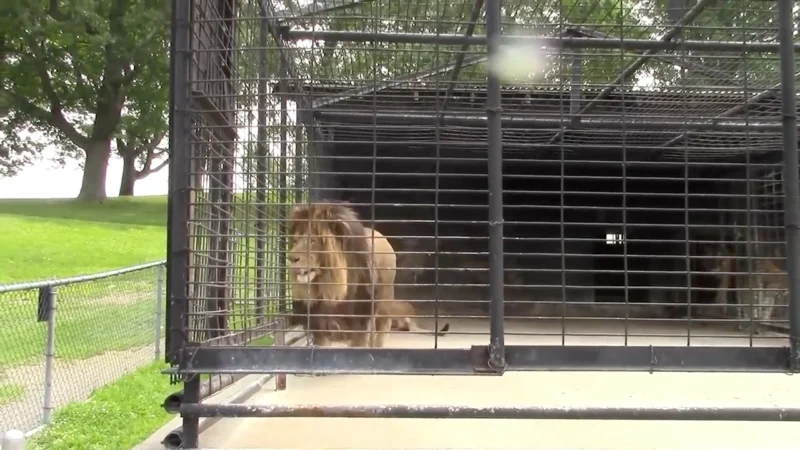

Routine inspections and maintenance of the lion’s housing are crucial in preventing accidents and escapes. Regularly scheduled checks should include:
- Structural Integrity: Checking for any signs of wear and tear, such as rust on the fence, cracks in the concrete, or gaps in the enclosure.
- Locking Mechanisms and Gates: Ensuring that all locks function correctly and that gates are secure.
- Surveillance Systems: Testing cameras and other monitoring equipment to ensure they are operational.
- Environmental Health: Assessing the cleanliness of the enclosure and the health of vegetation or structural features within.
Promptly addressing any issues found during inspections can significantly reduce the risk of security breaches. Maintenance should be logged and reviewed to track the enclosure’s condition over time.
Adequate Staff Training
Staff members responsible for the daily care and management of pet lions must be adequately trained. This training should cover several competencies:
- Basic Lion Behavior: Understanding how lions communicate, react, and express stress or aggression.
- Emergency Response: Knowing what to do in the event of an escape or medical emergency.
- Routine Handling: Techniques for feeding, cleaning, and providing enrichment activities safely.
- First Aid: Basic first aid for both the lion and human injuries.
Regular refresher courses and drills can ensure that staff remains competent and ready to handle unexpected situations. Well-trained staff are essential to the safe operation of pet lion housing facilities.
Emergency Preparedness Plans
Having a comprehensive emergency response plan is essential for ensuring rapid and effective action in critical situations. Such a plan should include:
- Escaped Lion Procedures: Clear, step-by-step actions to be taken by staff if a lion escapes.
- Fire Safety Protocols: Measures to prevent fires, and procedures for evacuation in the event of a fire.
- Medical Emergencies: Plans for both human and animal medical crises.
- Communication Plans: Systems for alerting staff, emergency services, and potentially the local community.
These plans should be practiced regularly through drills that simulate various emergencies, ensuring everyone knows their role and can perform it under pressure.
Compliance with Local Wildlife Laws
Lastly, compliance with local and national wildlife laws is non-negotiable. These regulations are designed to protect both the wildlife and the community. Owners must:
- Licenses and Permits: Obtain and renew the necessary documents to legally house a lion.
- Animal Welfare Standards: Adhere to standards that ensure the lion’s well-being is not compromised.
- Reporting: Stay up-to-date with reporting requirements and submissions to relevant authorities.
Regularly reviewing and updating compliance protocols as laws change can prevent legal issues and promote the highest standards of animal care and public safety.
By implementing these top five security measures, owners and caretakers can ensure that their pet lions are housed in a safe, secure, and humane environment. Proper planning and execution of these measures are fundamental to the success of pet lion housing and integral to the safety and well-being of the animals and people involved.
Related Article : 5 Essential Pet Lion Safety Tips for Owners
Final Thoughts
Securing the housing for your pet lion is crucial not only for the safety of your majestic friend but also for the protection of the community and compliance with local laws. By implementing robust double fencing, using high-quality surveillance systems, integrating secure lock mechanisms, establishing regular health and safety checks, and ensuring proper environmental enrichment, you can create a safe and stimulating environment for your lion. Remember, the wellbeing of your lion greatly depends on the efforts you put into their habitat. Stay informed, stay proactive, and always prioritize safety in your pet lion’s housing setup.
Frequently Asked Questions
1. What materials are best for a lion enclosure?
Using strong, durable materials like reinforced steel or heavy gauge wire ensures that the enclosure can withstand the powerful force a lion can exert.
2. How often should lion enclosures be inspected?
Regular inspections should be conducted at least monthly, with immediate repairs made to any signs of wear and tear to maintain security.
3. What kind of training should staff undergo for lion care?
Staff should be trained in basic lion behavior, emergency response, routine handling, and first aid for both lions and humans.
4. Why is compliance with wildlife laws important in lion housing?
Compliance ensures the safety and well-being of the lion, prevents legal liabilities, and protects the community from potential hazards.
5. What emergency preparedness plans are necessary for lion housing?
Plans should include procedures for escapes, fires, medical emergencies, and clear communication systems for alerting staff and emergency services.
Are you ready to take your pet lion housing to the next level? Implement these top security measures today and ensure a safe, enriching environment for your lion. Your dedication to their well-being will make all the difference!






